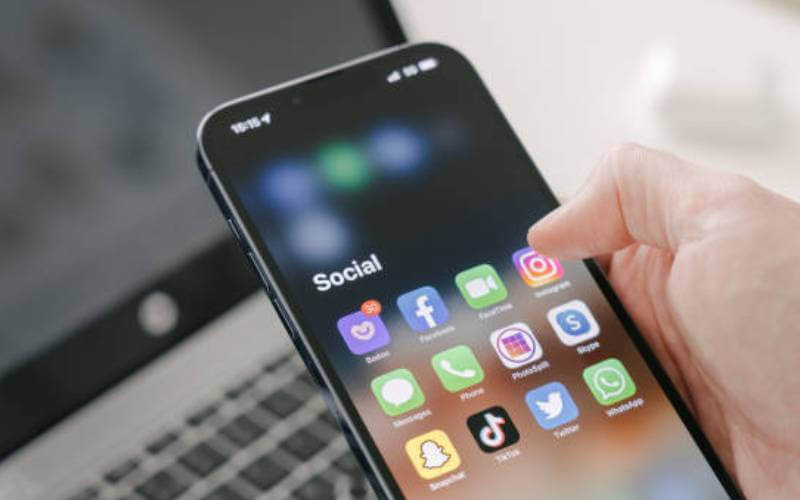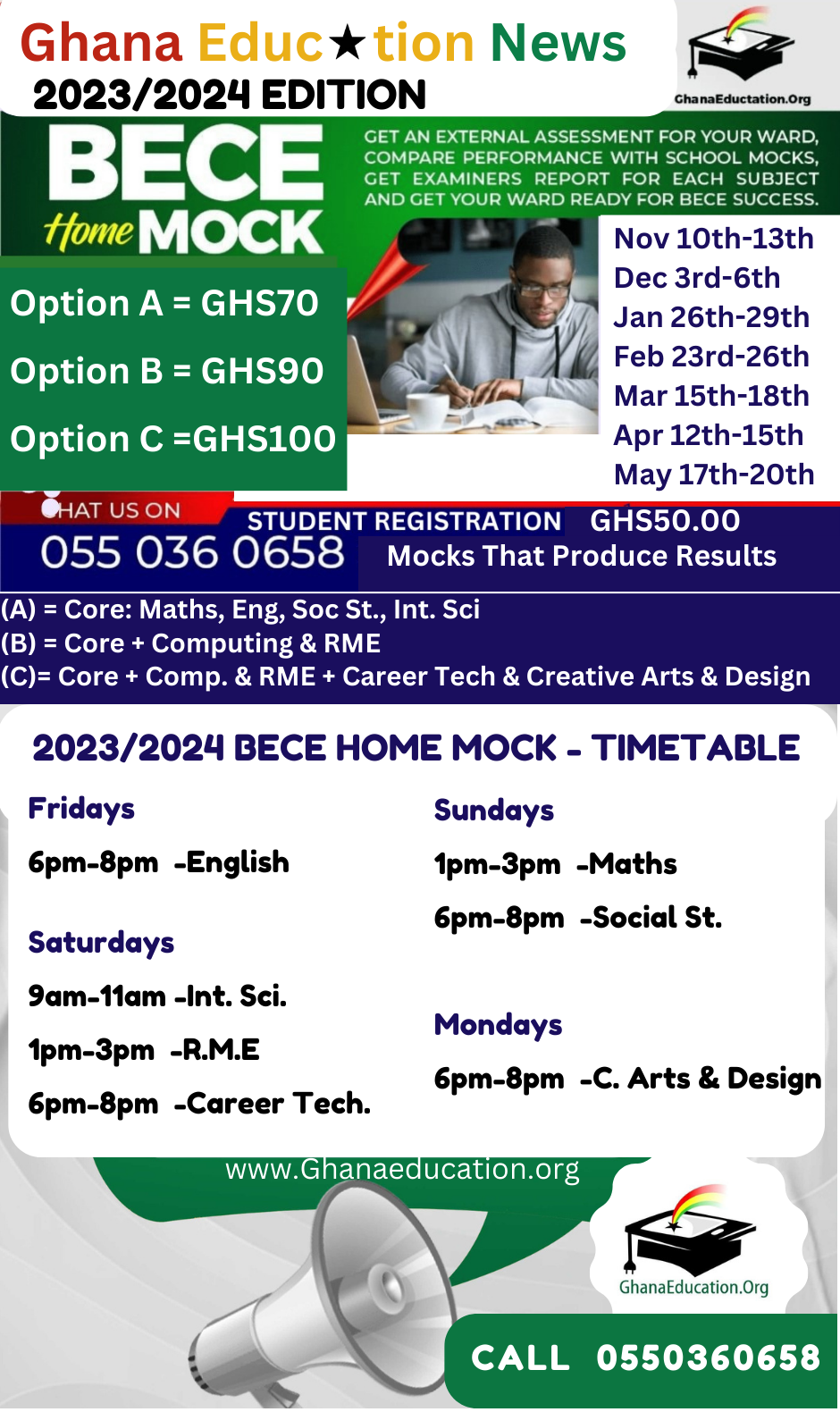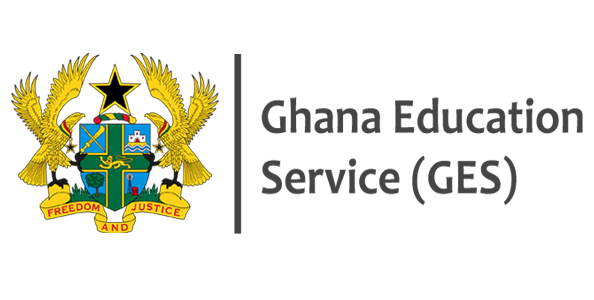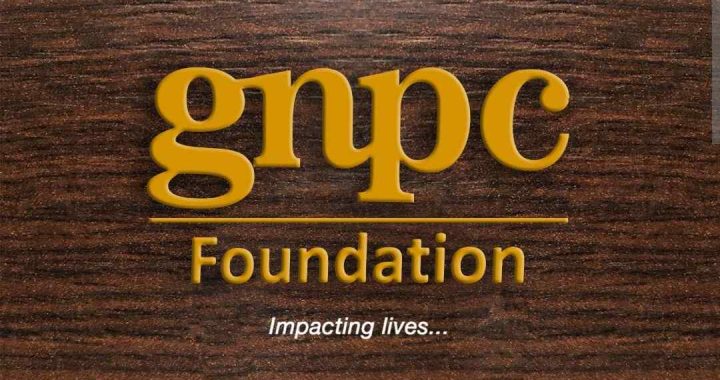Social Media: The Double-Edged Sword of Modern Learning

Social Media: The Double-Edged Sword of Modern Learning
Social media is the double-edged sword of modern learning and has deeply impacted behaviour and learning in the digital age, becoming an integral part of student life.
Students are not merely killing time when they browse through feeds and stories; they are also creating connections, curating knowledge, and constructing their identities.
The effects of social media on students are a tale of two cities. On the one hand, it is a thriving information metropolis in which ideas are exchanged at light speed. It’s a realm where learning is democratised, and classroom walls stretch to the ends of the globe. Students engage in self-directed learning, work together on projects, and have access to previously unavailable resources.
However, there is a flip side to this interconnected society. Social media may be a maze in which focus is splintered and the distinction between reality and fiction blurs. Distraction from notifications and limitless content might negatively impact academic engagement and performance. The potential for understanding is sometimes lost in the clamour of the new and now.
There is a lot of disagreement over whether social media platforms encourage students to be productive or mislead them. According to studies, when used wisely, these platforms can promote a work ethic and enhance academic achievement. But it’s important to recognise that social media may be distracting, sometimes overshadowing its positive educational effects.
As educators and students negotiate this difficult world, balance is crucial. Integrating social media into education necessitates a balanced approach that leverages its power to improve education while reducing its potential drawbacks. It’s about educating digital literacy, fostering critical thinking, and establishing boundaries to protect mental health.
Social media is neither a hero nor a villain in the education narrative. It’s a strong and adaptable tool that has the potential to impact learning for the better or worse. The challenge for modern educators and learners is to use this tool wisely, ensuring that its impact on student behaviour and learning is good, intentional, and significant.
READ ALSO; Student Loan Crisis: Is Higher Education Worth The Debt?
Send Stories | Social Media | Disclaimer
Send Stories and Articles for publication to [email protected]
We Are Active On Social Media
WhatsApp Channel: JOIN HERE
2024 BECE and WASSCE Channel - JOIN HERE
Facebook: JOIN HERE
Telegram: JOIN HERE
Twitter: FOLLOW US HERE
Instagram: FOLLOW US HERE
Disclaimer:
The information contained in this post on Ghana Education News is for general information purposes only. While we endeavour to keep the information up to date and correct, we make no representations or warranties of any kind, express or implied, about the completeness, accuracy, reliability, suitability or availability with respect to the website or the information, products, services, or related graphics contained on the post for any purpose.



 GES To Query 42 Teachers In The Upper West Region; Here’s Why
GES To Query 42 Teachers In The Upper West Region; Here’s Why  Ministry of Education Denies Rebranding of Basic Schools
Ministry of Education Denies Rebranding of Basic Schools  GNPC Opens 2024 Scholarships Portal For New Applicants
GNPC Opens 2024 Scholarships Portal For New Applicants  Profile Of Kwabena Boateng, Ejisu MP Elect
Profile Of Kwabena Boateng, Ejisu MP Elect